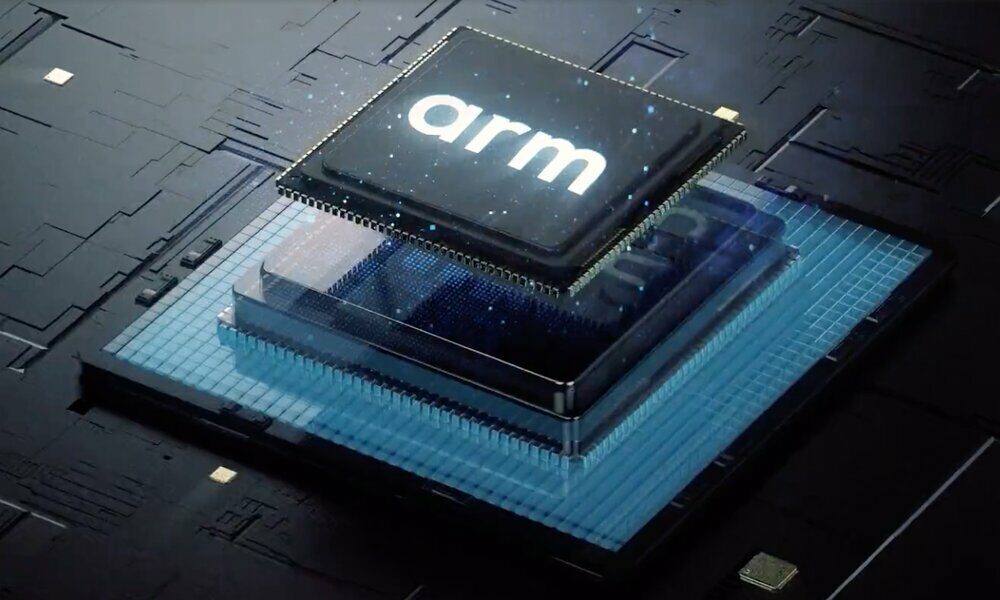
The world of vehicles has changed radically in recent years. To such an extent that when we get into a recently purchased car, we no longer know if we are getting behind the wheel or sitting in front of one or more computers. Software has entered the automotive world almost without us noticing, and its arrival goes far beyond the entertainment and control systems that we saw some time ago in mid-range and high-end cars. Now it occupies a central place in its development and operation.
So much so that in the short term, among the most important parts of the car will not be only the body, the engine and all the physical parts that make the car work. The billions of lines of in-vehicle software code will be as important, if not more, than most of them.
What determines the value of a car, apart from how it works and drives, will increasingly be determined not only by its design or its hardware. The technologies that it incorporates will become increasingly important in this: its level of electrification or its degree of autonomy in driving. That is, services designed by software. To the point that in the future it will be the software that defines the value of a car for the most part.
Vehicle manufacturers need software development experts
This is a major complication for car manufacturers. Also for their suppliers, who now also see the need to have experts in software-defined technologies for the technologies they need to incorporate, and are already integrating, in their vehicles.
Ten years ago, the number of software engineers working for companies like Renault, Volkswagen or Toyota were not very numerous. At present, these professionals have not only multiplied in the templates of car manufacturers, but work teams have been created focused on the software of the different systems that are integrated.
Already in the short term, it is increasingly clear that software is going to become a central element of cars, which will soon be more connected and more autonomous. Electric cars will dominate the sector, and in a few years, they will be able to capture and manage tens of terabytes in just one day, thanks to the integration of all kinds of cameras and sensors, including LIDAR.
But there is already a growing demand for software-defined functions in cars, both for driving and for leisure. They are also beginning to integrate diagnostic systems, and those for remote failure prevention will arrive. All of this will put car manufacturers at a frenetic pace to keep up with the latest technologies and applications. For this reason, the number of positions that car manufacturers will need to keep up with the development and research in vehicle software systems is going to skyrocket in the very near future.
Software-defined cars: just around the corner
It is estimated that by 2025, software-defined cars will enter the market en masse, so manufacturers are already stepping on the accelerator in terms of system integration. They are vehicles that will be created based on an electrical and electronic architecture, which will be centralized, and which will be controlled and directed by software. The physical will be necessary for the car to work, but its weight will go to the background.
This type of vehicle will bring many advantages, both to its manufacturers and to its owners and users. Since the software will have a main role in its creation, development and maintenance; Generating new features for cars won’t take as long as now.
In a few days, or in a few weeks, they can be ready and tested. In addition, since the software they carry can be updated periodically, the cars will be able to count on improvements and new features from time to time. Of course, the cloud will play a major role in this, since the updates will be carried out through cloud systems, to which the cars will be connected. Without forgetting, of course, that many of the functions of these cars, and those that come in the future, will have an increasing presence of Artificial Intelligence.
Where does all this lead us? Well, to a kind of upside-down world, in which car manufacturers want to become leading companies in software development. But in the world of technology, in some cases, the opposite step is being taken, with technology companies that want to manufacture cars. Or at least, components for them.
Car manufacturers want to develop software, and technology companies want to build cars
This is what is happening, for example, with Apple and Qualcomm. Electric cars, for example, need software systems in charge of managing their entire electrical system, and can be designed by both car manufacturing companies that get to work, and technology companies that have their sights set on the future of the cars.
Apple is designing its own electric car, the Apple Car, for which it has recruited experts from the automotive world. But car manufacturing companies are also recruiting executives from technology companies.
General MotorsFor example, has hired a former Apple executive. This is Mike Abbott, who in just a few days, on May 22, will occupy the position of Vice President of software for the company. Obviously, to supervise and plan the development of everything that has to do with the software systems and technology of the cars that General Motors manufactures for the future.
Leaving aside Tesla, one of the best-known electric car companies, developer of its own software systems and one of the most advanced in terms of autonomous driving (although it still has to polish many of its aspects), there are several manufacturers that clear objectives have already been set in this regard.
One of them is Renaultwhat is developing and optimizing a proprietary software platform not only to use it in their vehicles, but also to sell it to other manufacturers. Because revenue from car sales has been declining for some time now, and manufacturers need both cost savings and alternative sources of revenue.
One solution to achieve both is for several manufacturers to share a platform, which its creator, which can be either a car manufacturer or a software or technology development company, will license them so that they can use it with their systems, and even adapt it. .
If things go as planned for Renault, in 2026 they will have the software platform they need to catch up with Tesla in software-defined vehicles. But they are not doing it alone, since it is very difficult for a single company to be able to deal alone with all the developments they need to drive the vehicles of the future.
That’s why it’s been a while collaborating with Google in the development and integration of automotive software. In fact, many of its models already incorporate the Android Automotive operating system. They are also supported by Qualcomm to provide them with all the control chips they need for their integration into vehicles defined by software, or those that incorporate more or less complex software systems.
Currently, an electric car can carry more than a hundred chips, although given the crisis of scarcity of these components, manufacturers are working on the development of systems that need fewer processors. This would not only lead to its simplification in terms of handling and management, but also to a lower manufacturing cost.




